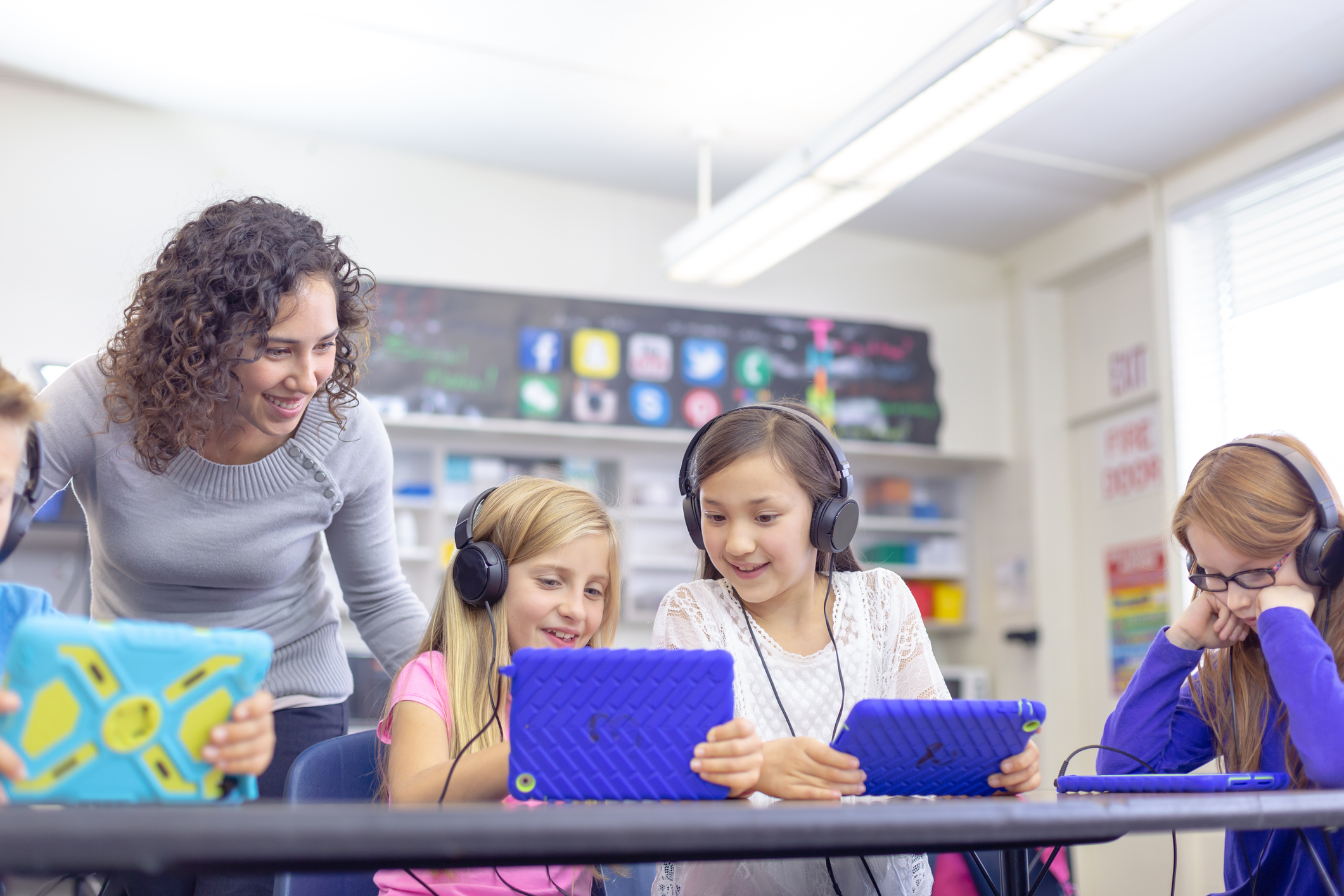Educators know how much the start of a new school year sets the tone. The first day isn’t just about rules and icebreakers; it’s a powerful opportunity to begin building healthy tech habits that will benefit your students long after the bell rings. In today’s digital world, teaching students to use technology responsibly is just as important as teaching them to write a strong thesis or solve a math equation.
Whether you’re teaching middle school or high school, setting expectations for tech use early can improve your learning environment, support student well-being, and foster better focus, communication, and balance. Starting on day one, here’s how to get started with routines that actually stick.
1. Start the Year with a “Digital Check-In”
Start the year by learning how students interact with school-provided technology. Use a short Google Form or printed handout to ask questions like:
-
What devices do you regularly use in class (e.g., Chromebook, iPad)?
-
What school apps or platforms do you feel most comfortable using?
-
What are your biggest challenges with classroom tech (e.g., distractions, login issues)?
This helps you tailor support and builds early awareness of tech-related habits. It’s a low-pressure way to start a conversation about focus, balance, and using digital tools productively.
2. Introduce the Concept of Digital Citizenship Early
Use a short lesson plan to explore what it means to be a responsible digital citizen. Topics like social media etiquette, cyberbullying, digital footprints, and screen time limits are especially relevant for middle school and high school students.
Tie the conversation to real-life scenarios. How would you respond if a family member posted something about you online without asking? What would you do if a friend sent a hurtful message in a group chat?
This foundational understanding of digital citizenship supports wellness, empathy, and better technology habits, and it’s far more effective when introduced before problems arise.
3. Create Predictable Digital Routines
Just as you set expectations for behavior and assignments, define clear norms around classroom technology. Consider implementing:
-
A routine for getting out and putting away Chromebooks or iPads
-
Tech-free transitions or warm-ups at the beginning of class
-
Scheduled “tech breaks” after long digital tasks
Consistency helps students build self-discipline and reduces the overstimulation that can come with constant device use.
4. Use EdTech Tools with Purpose, Not Just for Novelty
There are endless apps and platforms available, but using them strategically is what makes the difference. Introduce tools gradually, and always explain the why behind them. Whether you’re using a quiz app, a collaborative document, or a classroom LMS, model efficient and respectful use.
When students understand that technology in the classroom is a tool, not a distraction, they’re more likely to engage with it meaningfully.
5. Build In Time for Reflection and Check-Ins
Consider a weekly check-in where students reflect on their tech habits, screen time, or overall well-being. Ask questions like:
- What helped you stay focused this week?
- Did you face any challenges with a platform or device?
- How did you stay focused while working online?
These short reflections support student mental health and accountability. They also create space for conversations about balancing digital and face-to-face interactions which is something many young learners need help navigating.
6. Partner with Families on Expectations
Share your classroom tech expectations with families early. Let them know how Chromebooks or iPads will be used, what types of digital citizenship you’re teaching, and how they can reinforce those habits at home. Consider sending a one-page summary or digital handout outlining:
-
School use guidelines
-
Daily or weekly routines for device use
-
Tips for supporting focus and wellness at home
To take it a step further, recommend Screen Sanity, a nonprofit that equips parents with resources for guiding their children’s digital habits. They offer conversation guides, tech-free activity ideas, and helpful advice for families navigating technology in and out of the classroom.
When educators and family members work together, students receive a consistent message: technology should serve their growth, not distract from it. That kind of partnership makes a lasting impact both in school and at home.
Final Thoughts
Helping students build strong tech habits doesn’t have to be overwhelming. By starting on day one with reflection, clear expectations, and purposeful tools, you can foster a classroom culture that supports both academic growth and personal wellness.
This back to school season, think beyond just pencils and planners and consider digital routines too. The lessons you teach now about technology habits and well-being may just be the ones that stick for a lifetime.
iResQ partners with schools across the country to make device repair fast, affordable, and stress-free. Explore our pilot program and discover how we’re helping districts stay on track with Chromebook, iPad, and MacBook repairs all year long.

